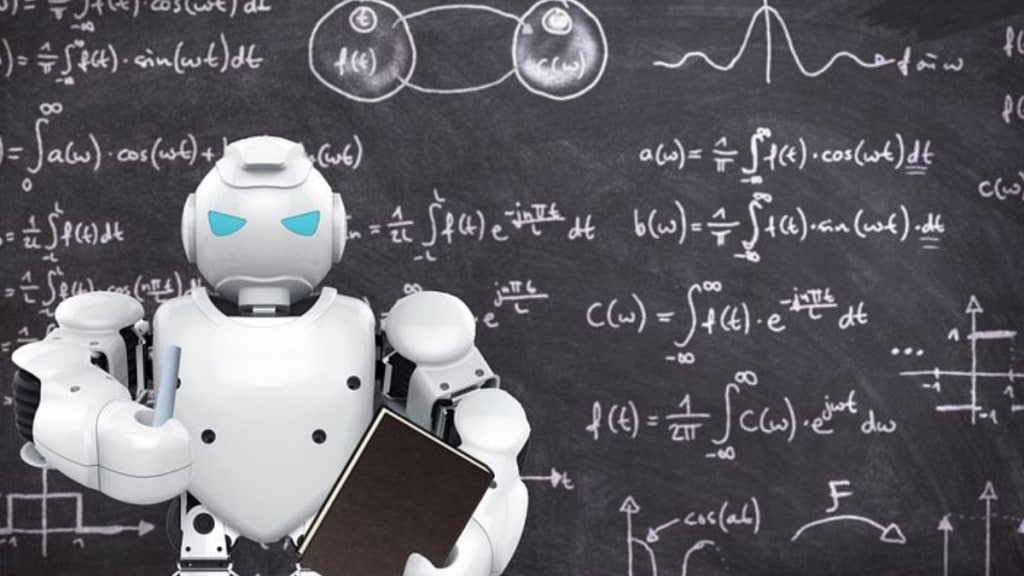There seems to be a growing interest in integrating robotics in education with the aim of improving students’ Science, Technology, Engineering, and Mathematics (STEM) education. “Robots enhance STEM education by providing personalised learning experiences and hands-on opportunities. They adapt to individual learning styles and challenge students at the right level while monitoring progress,” Gaurav Goel, CEO, co- founder, Toprankers, said.
With the dawn of the 21st century, technology has become a powerful tool to educate, organise and stimulate students’ minds. In this context, “Robots have emerged as an increasingly significant element of the education system. They can perform a wide range of tasks more efficiently and effectively than humans and their ability to provide access to non-intuitive and factual knowledge in a quicker and more systematic manner is particularly notable,” Amit Kapoor, co-founder, Eupheus Learning, said.
In order to achieve the global education objectives by 2030, there is still a requirement for 69 million teachers worldwide, according to a UNESCO report. However, this need has become more pressing due to the impact of the pandemic, human migrations, and a general shortage of resources, the report claimed. In this context, “Human teachers won’t be replaced by software or robots soon for several reasons. Automated grading may be precise, but teachers need more flexibility and judgement. Machines can’t reason or comprehend like humans, and students rely on comprehensible thinking models,” Goel, added.
Furthermore, students who reside in rural areas or have transportation issues can benefit from distant learning possibilities made possible by the use of robots. “Teachers and students from various parts of the world can work and communicate together, thanks to machines that provide a simulated presence,” Vanya Arun, associate professor, head, department of Mechanical and Allied Engineering, IILM University, said.

